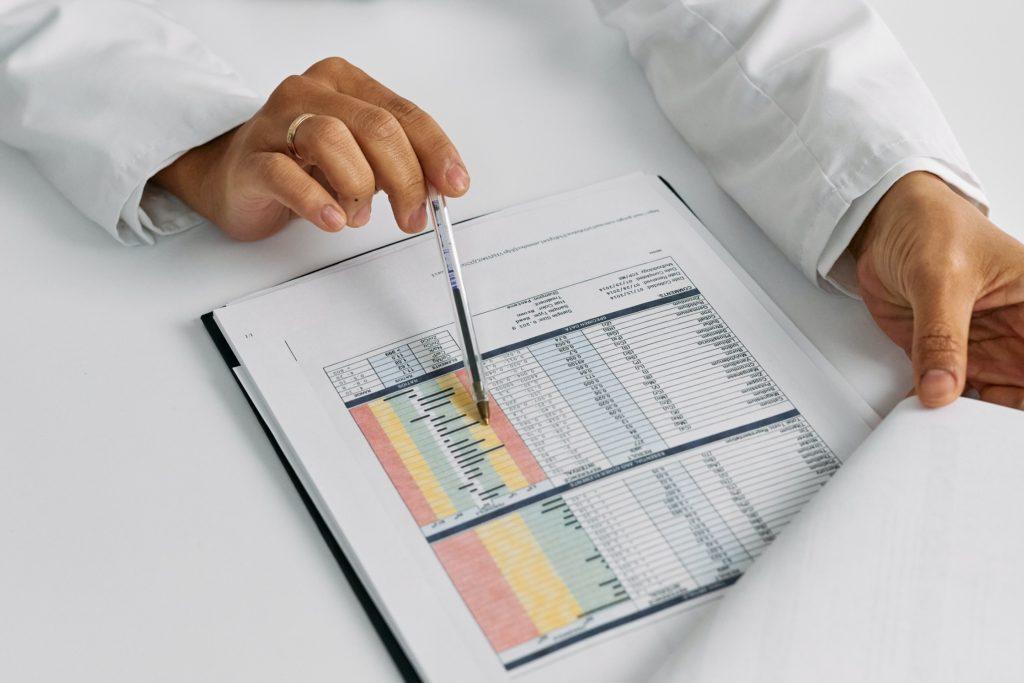
The Role Of Data In Healthcare: How Medical Surveys Can Provide Valuable Insights
Data, which is dubbed the new oil, is a crucial element in the healthcare industry. Today, we have the ability to collect and analyze vast amounts of data from diverse resources. Data can be collected from a variety of sources such as electronic health records, medical surveys, and patient-generated data. This data is analyzed and used to improve patient outcomes, reduce operational costs, and also improve healthcare quality.
Real-time data is a blessing in disguise for healthcare providers who want to make data-driven healthcare decisions. Not stopping with that, data can help healthcare providers identify patterns, detect anomalies, and predict outcomes, which in turn can help in developing more personalized treatments and therapies.
The role of data in healthcare is to provide clinicians, researchers, and policymakers with the information they need to make evidence-based decisions, streamline processes, and ultimately improve patient care.
How medical surveys help collect valuable patient data
Medical surveys can provide valuable insights into patients’ perceptions, behaviors, and attitudes towards their health and healthcare. For a very long time, medical surveys have been used to collect patient-reported outcome measures (PROMs) to evaluate the effectiveness of treatments and interventions. Also, these surveys also aid in identifying unmet patient needs, gaps in healthcare provision, and also spot areas for improvement in healthcare services.
It also gives healthcare providers an understanding of patients’ preferences, expectations, and experiences of care. This understanding can be used to create personalized treatment plans and services to better meet patients’ needs and improve overall patient satisfaction. Surveys can also be used to gather data on specific health issues or conditions, which can help to inform healthcare policies and research priorities.
You’ve got medical survey data. How to analyze it?
Medical surveys can generate a wealth of data that needs to be analyzed and interpreted to derive meaningful insights. With interpretation, these data points will remain as raw material that have not been put to effective use.
Fortunately, there are several tools available for analyzing medical survey data. One of the most popular tools for analyzing survey data is statistical software packages such as R or SPSS.
R is a programming language for statistical computing and graphics while SPSS is a statistical software suite developed by IBM. Both these tools offer diverse capabilities that can turn your medical survey data into meaningful insights.
Further, they also allow researchers to analyze data using advanced statistical techniques, create data visualizations, and identify patterns and trends.
Another tool that is often used in the analysis of medical survey data is data mining software. Data mining software enables researchers to identify hidden patterns in large datasets by using advanced algorithms to search for correlations and relationships among variables. This can help to uncover insights that may not be immediately apparent and can lead to more targeted and effective healthcare interventions.
Overview of Data Analysis Tools for Healthcare Industry:
The healthcare industry is increasingly relying on data analysis tools to derive insights from vast amounts of patient data. In addition to statistical software packages and data mining software, there are several other tools available for healthcare data analysis.
One of these tools is predictive analytics, which uses data modeling techniques to forecast future events or behaviors. For example, predictive analytics can be used to identify patients who are at high risk for developing a particular disease or condition, allowing healthcare providers to take preventative measures to improve patient outcomes.
With the advent of AI in healthcare, machine learning has also come to the forefront as a tool for data analysis in healthcare. Today, we have machine learning algorithms that can learn from patterns and trends in patient data to make predictions about future patient outcomes. This can help healthcare providers to tailor treatment plans to individual patients, resulting in more effective and personalized care.
Importance of Data Visualization in Healthcare
Data visualization is a critical component of healthcare data analysis. Data visualizations such as charts, graphs, and infographics can help to communicate complex data in a clear and concise manner. They are far more easy to consume compared to endless rows and columns of numerical data. This is particularly important in healthcare, where data can be difficult to interpret and understand.
Further, data visualizations make it easy to identify trends and patterns in patient data, allowing healthcare providers to make more informed decisions about patient care. For example, a data visualization of patient readmission rates could help healthcare providers to identify areas where improvements are needed, such as better discharge planning or post-discharge follow-up.
In addition to improving decision-making, data visualizations can also help to engage patients in their own healthcare. By presenting data in a clear and accessible format, patients can better understand their health status and make more informed decisions about their own care.
Conclusion
Data-driven decision-making has become increasingly important in the healthcare industry due to its potential to improve patient outcomes, reduce costs, and enhance overall efficiency. By collecting and analyzing data, healthcare professionals can gain valuable insights into patient behaviors, health trends, and treatment effectiveness.
This data can then be used to make informed decisions, identify areas for improvement, and develop strategies for addressing those issues.